- You are here:
- Homepage
- Resource library search
- Stephen Paine ACR
Stephen Paine graduated in history of art from University College London and subsequently obtained the Courtauld Institute of Art/Getty Conservation Institute post-graduate Diploma in the Conservation of Wall Painting (1991). He then completed a Getty Conservation Institute post-diploma internship leading to the award of the Courtauld Institute of Art Certificate of Advanced Practical Training in the Conservation of Wall Paintings (working for the conservator Heinz Leitner in Salzburg, Austria in 1992).
He has since worked as a private conservator in the UK, working on many significant projects of decoration of all periods, and for a wide variety of clients. From 1999, he formed the company Paine and Stewart with Sophie Stewart which offers the full range of professional services for the conservation of wall paintings and related decoration. These include investigations and surveys, recording and full treatment programmes. We are based in both London and Norfolk and work throughout the UK.
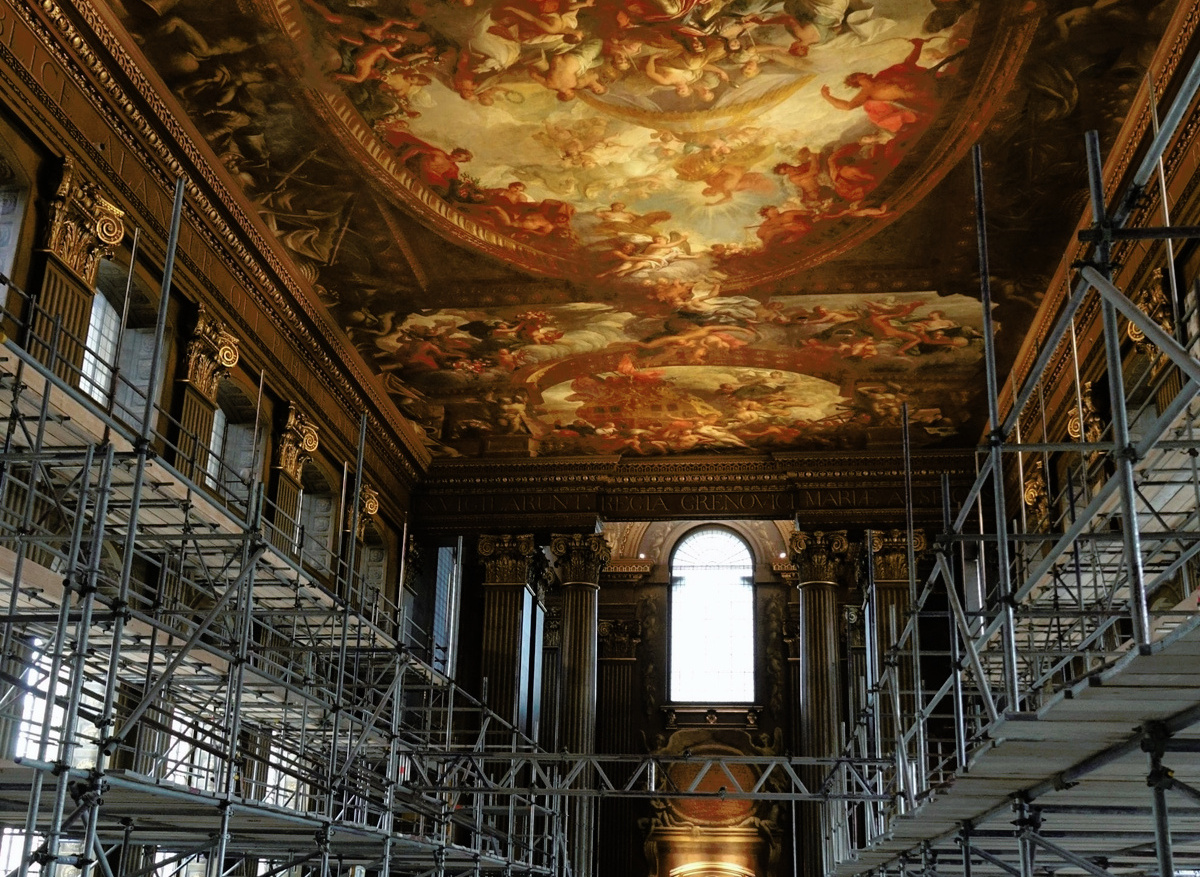
Old Royal Naval College, Greenwich: conservation of the 18th-century scheme of wall paintings by Sir James Thornhill in the Painted Hall
Paine and Stewart designed and implemented a highly ambitious programme of works to attend to the conservation of the paintings. The project has won a number of awards, including the Museums & Heritage Award for Restoration/Conservation project of the Year in 2019, the 2020 Civic Trust Award, two RIBA awards and a RIBA National Award.
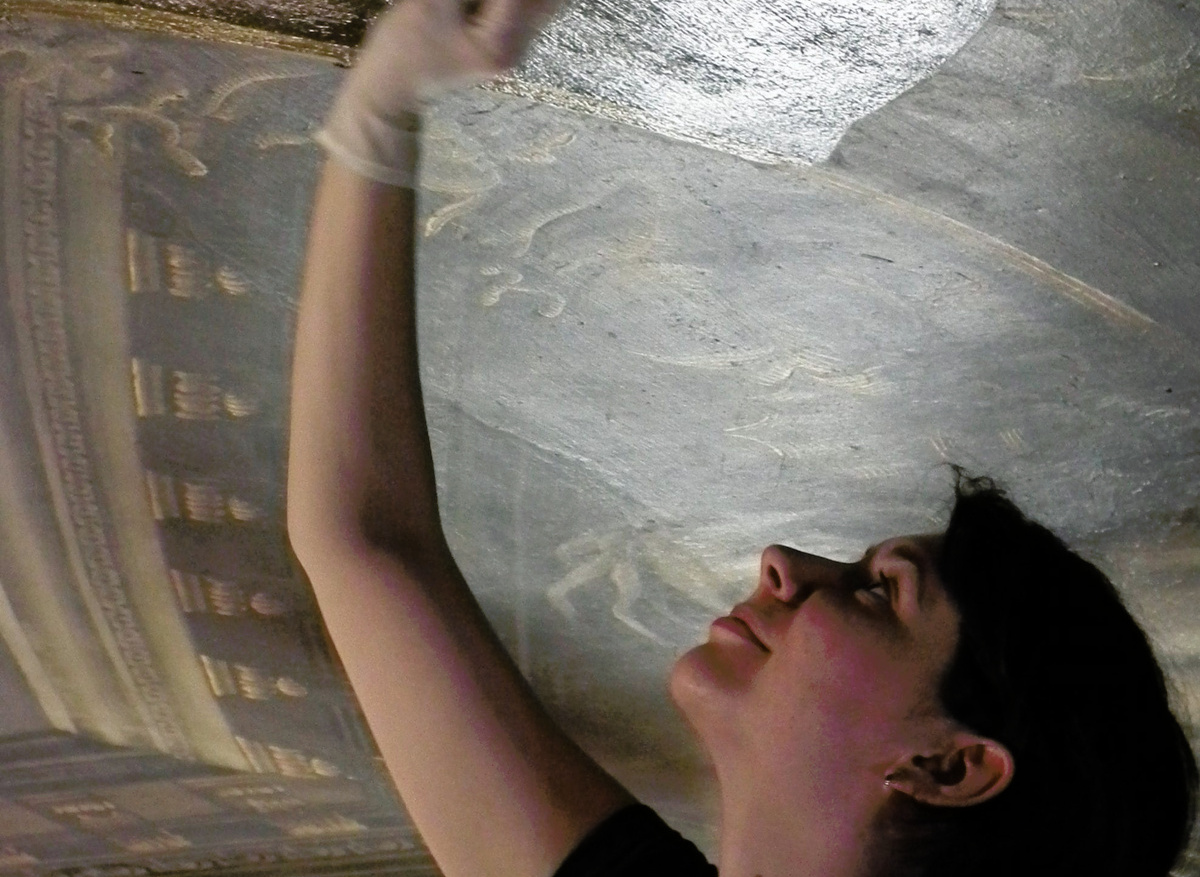
Old Royal Naval College, Greenwich: conservation of the 18th-century scheme of wall paintings by Sir James Thornhill in the Painted Hall
Paine and Stewart designed and implemented a highly ambitious programme of works to attend to the conservation of the paintings. The project has won a number of awards, including the Museums & Heritage Award for Restoration/Conservation project of the Year in 2019, the 2020 Civic Trust Award, two RIBA awards and a RIBA National Award.
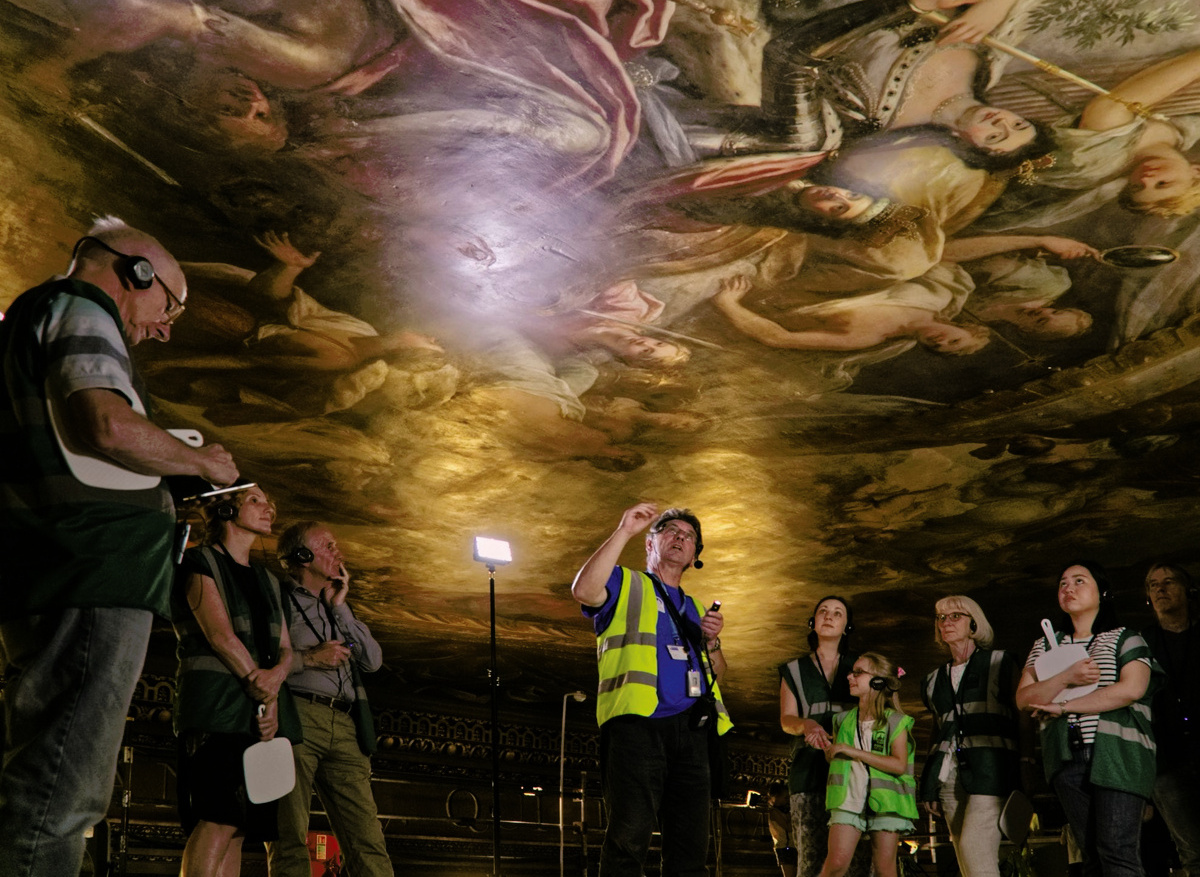
Old Royal Naval College, Greenwich: conservation of the 18th-century scheme of wall paintings by Sir James Thornhill in the Painted Hall
Paine and Stewart designed and implemented a highly ambitious programme of works to attend to the conservation of the paintings. The project has won a number of awards, including the Museums & Heritage Award for Restoration/Conservation project of the Year in 2019, the 2020 Civic Trust Award, two RIBA awards and a RIBA National Award.
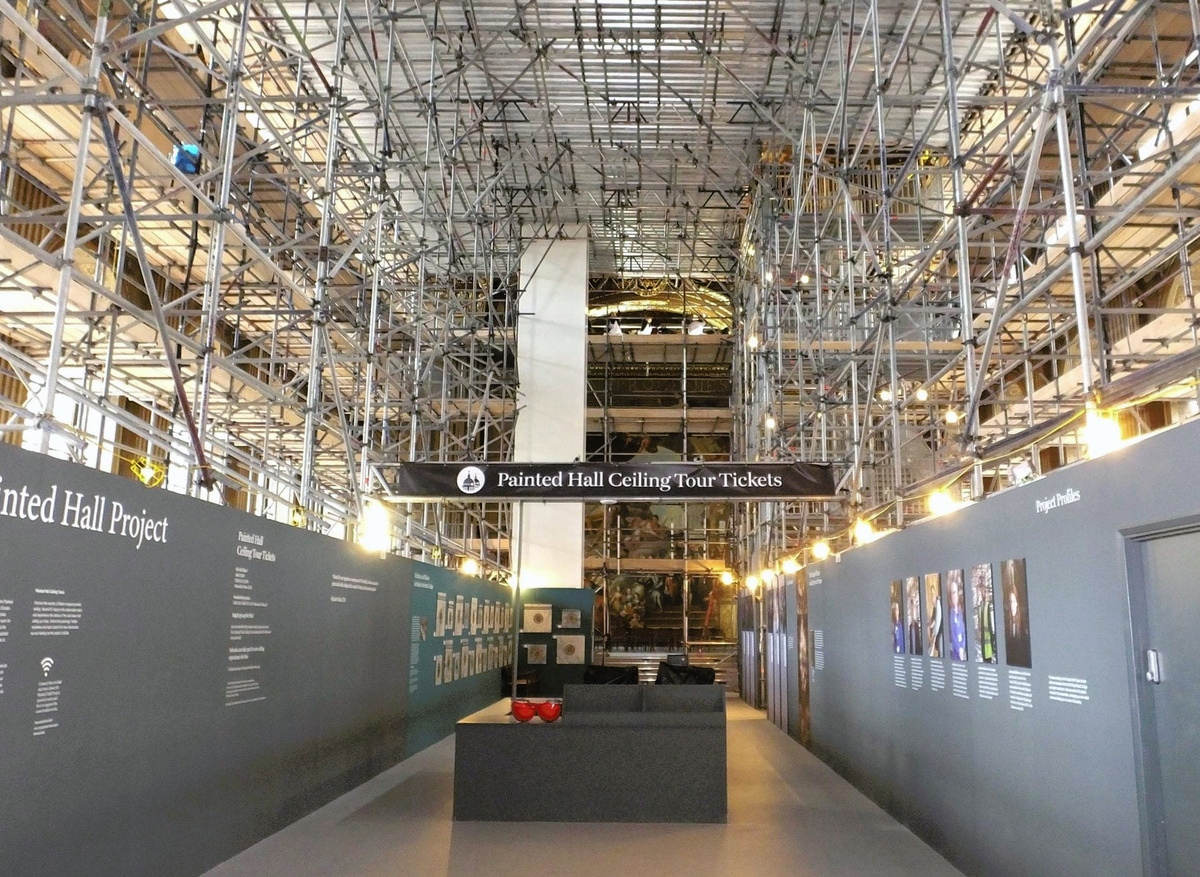
Old Royal Naval College, Greenwich: conservation of the 18th-century scheme of wall paintings by Sir James Thornhill in the Painted Hall
Paine and Stewart designed and implemented a highly ambitious programme of works to attend to the conservation of the paintings. The project has won a number of awards, including the Museums & Heritage Award for Restoration/Conservation project of the Year in 2019, the 2020 Civic Trust Award, two RIBA awards and a RIBA National Award.
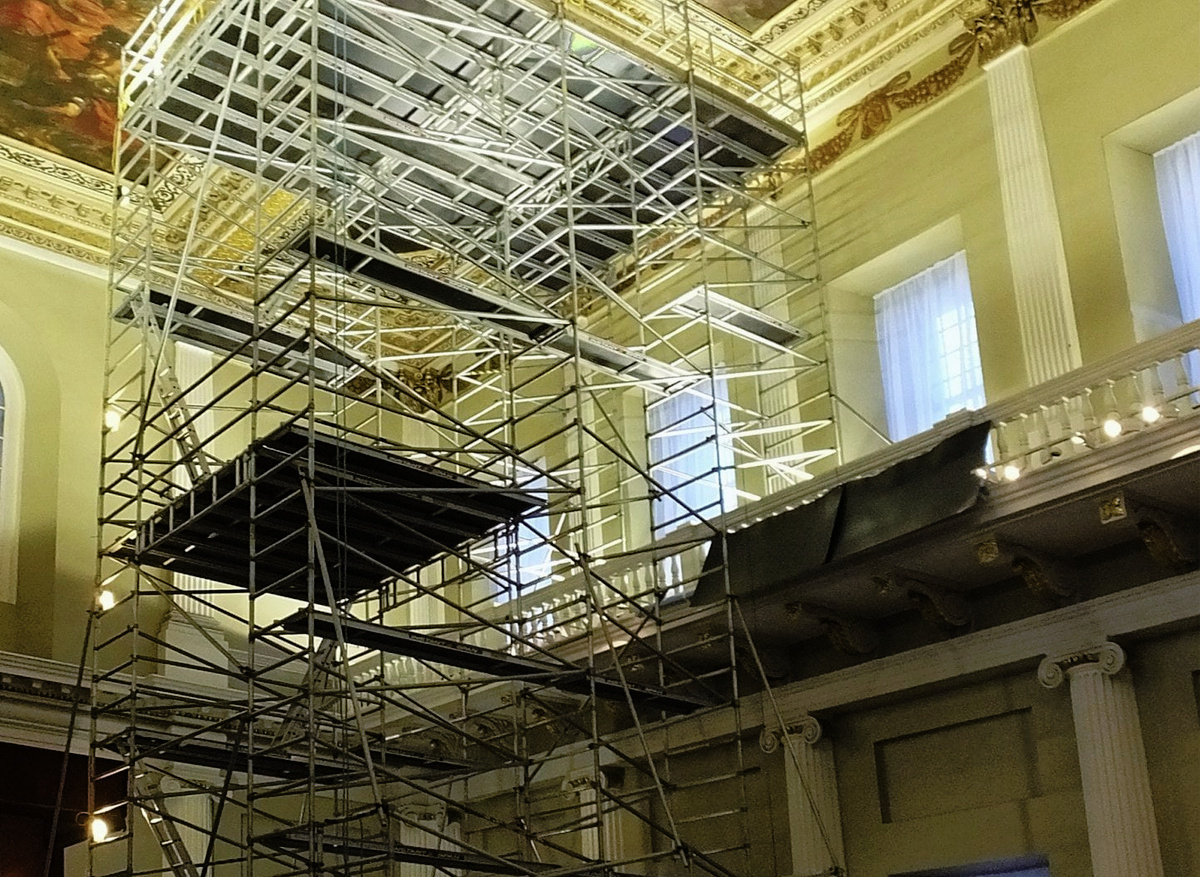
Condition surveys of the ceiling paintings by Peter Paul Rubens, in the Banqueting House, Whitehall, London
This unique scheme - Rubens’ only decorative ensemble still in its original location - features nine ceiling canvases installed in 1636 at the Banqueting House, commissioned by Charles I. Surveys by Paine and Stewart (2005, 2014, 2016) for Historic Royal Palaces assessed the paintings’ condition, conservation history, and technique, including an ambitious UV photographic survey to examine restorations and surface changes.
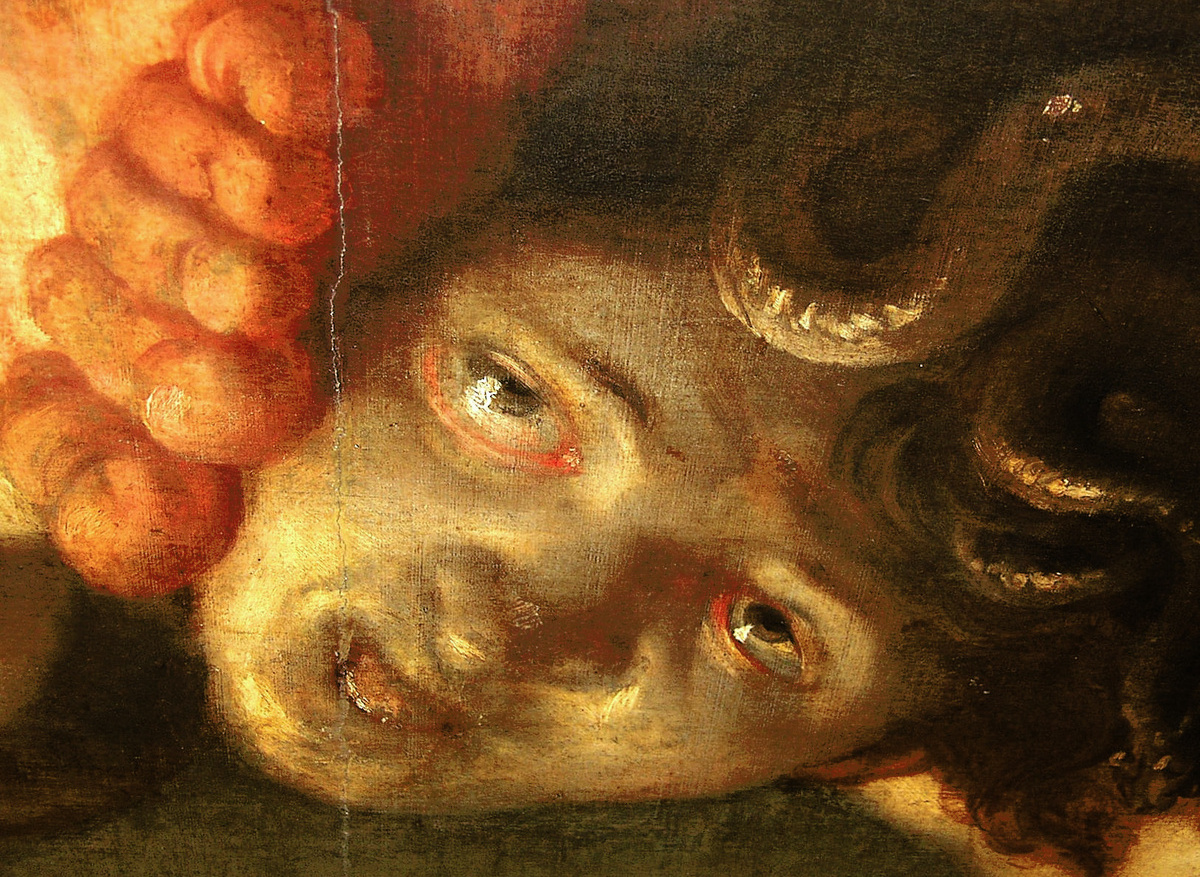
Condition surveys of the ceiling paintings by Peter Paul Rubens, in the Banqueting House, Whitehall, London
This unique scheme - Rubens’ only decorative ensemble still in its original location - features nine ceiling canvases installed in 1636 at the Banqueting House, commissioned by Charles I. Surveys by Paine and Stewart (2005, 2014, 2016) for Historic Royal Palaces assessed the paintings’ condition, conservation history, and technique, including an ambitious UV photographic survey to examine restorations and surface changes.
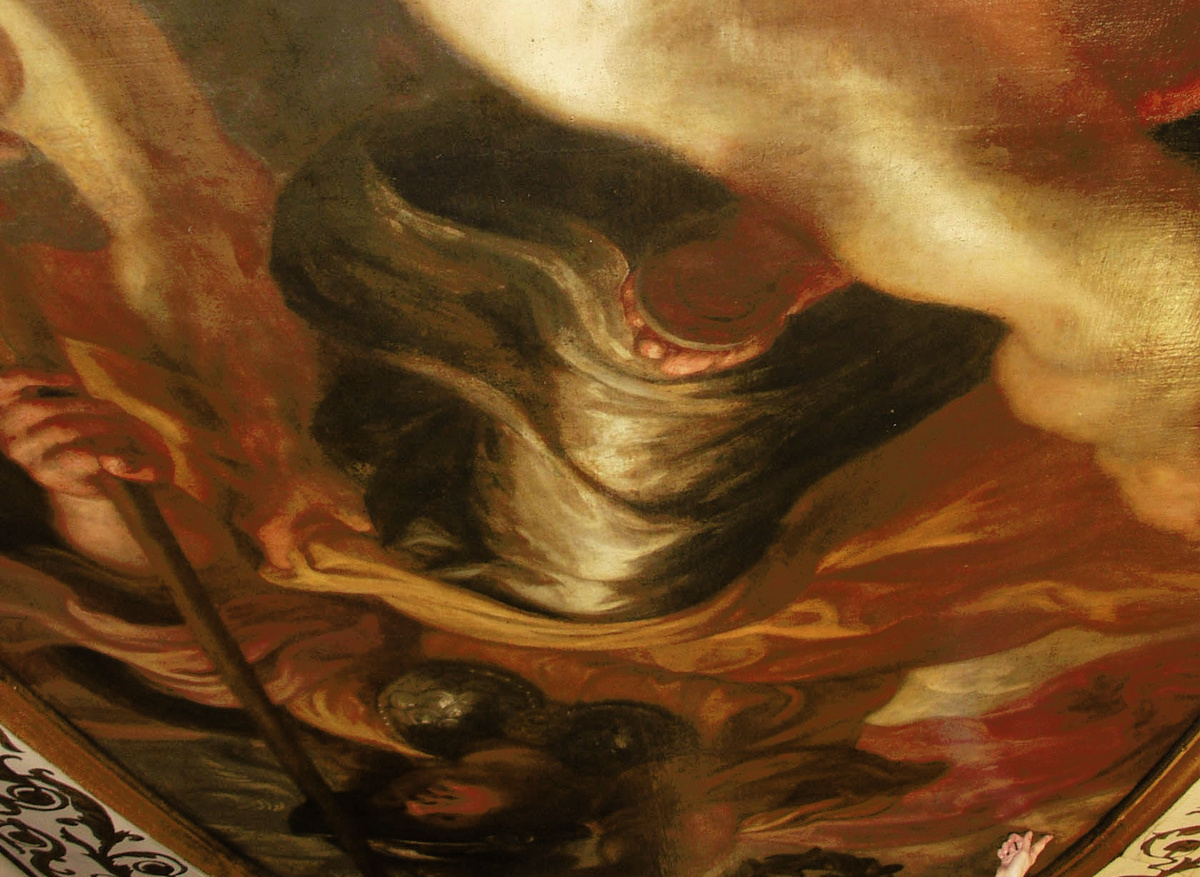
Condition surveys of the ceiling paintings by Peter Paul Rubens, in the Banqueting House, Whitehall, London
This unique scheme - Rubens’ only decorative ensemble still in its original location - features nine ceiling canvases installed in 1636 at the Banqueting House, commissioned by Charles I. Surveys by Paine and Stewart (2005, 2014, 2016) for Historic Royal Palaces assessed the paintings’ condition, conservation history, and technique, including an ambitious UV photographic survey to examine restorations and surface changes.
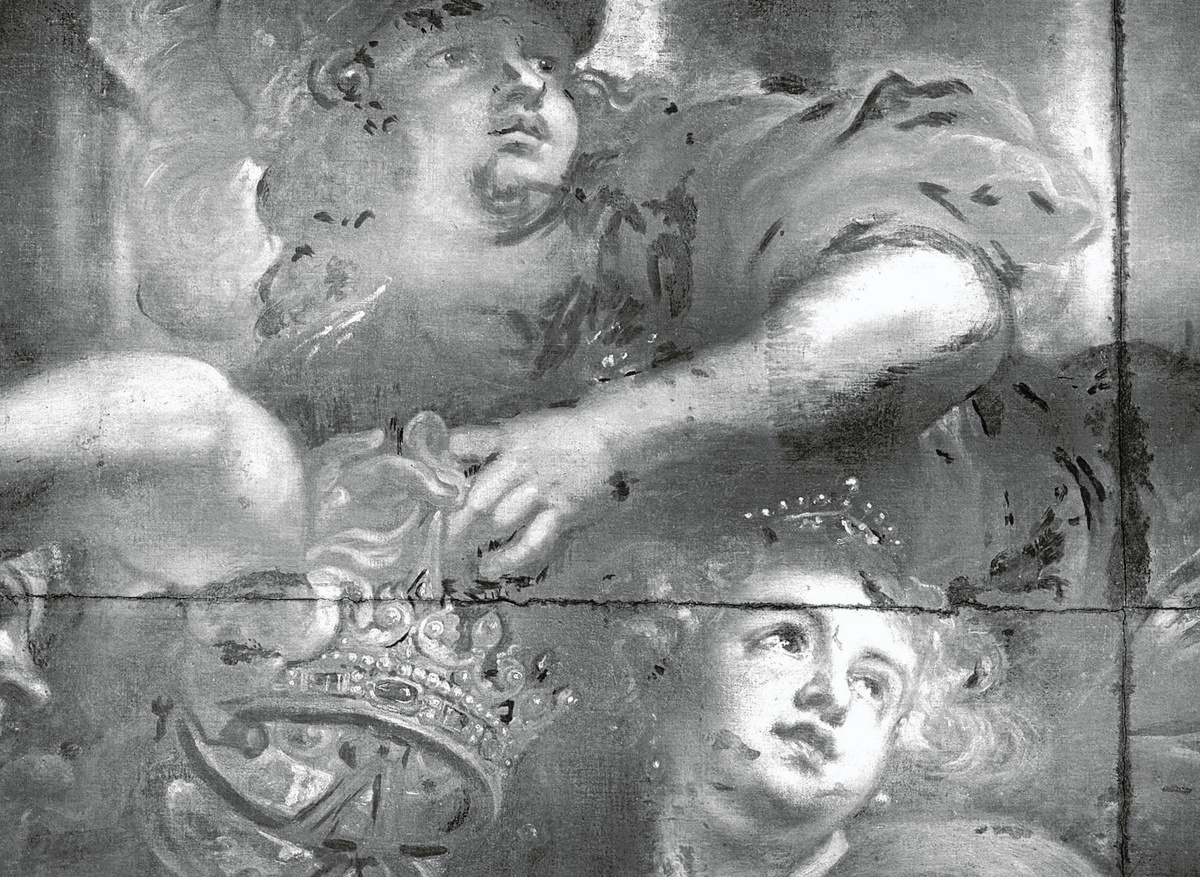
Condition surveys of the ceiling paintings by Peter Paul Rubens, in the Banqueting House, Whitehall, London
This unique scheme - Rubens’ only decorative ensemble still in its original location - features nine ceiling canvases installed in 1636 at the Banqueting House, commissioned by Charles I. Surveys by Paine and Stewart (2005, 2014, 2016) for Historic Royal Palaces assessed the paintings’ condition, conservation history, and technique, including an ambitious UV photographic survey to examine restorations and surface changes.
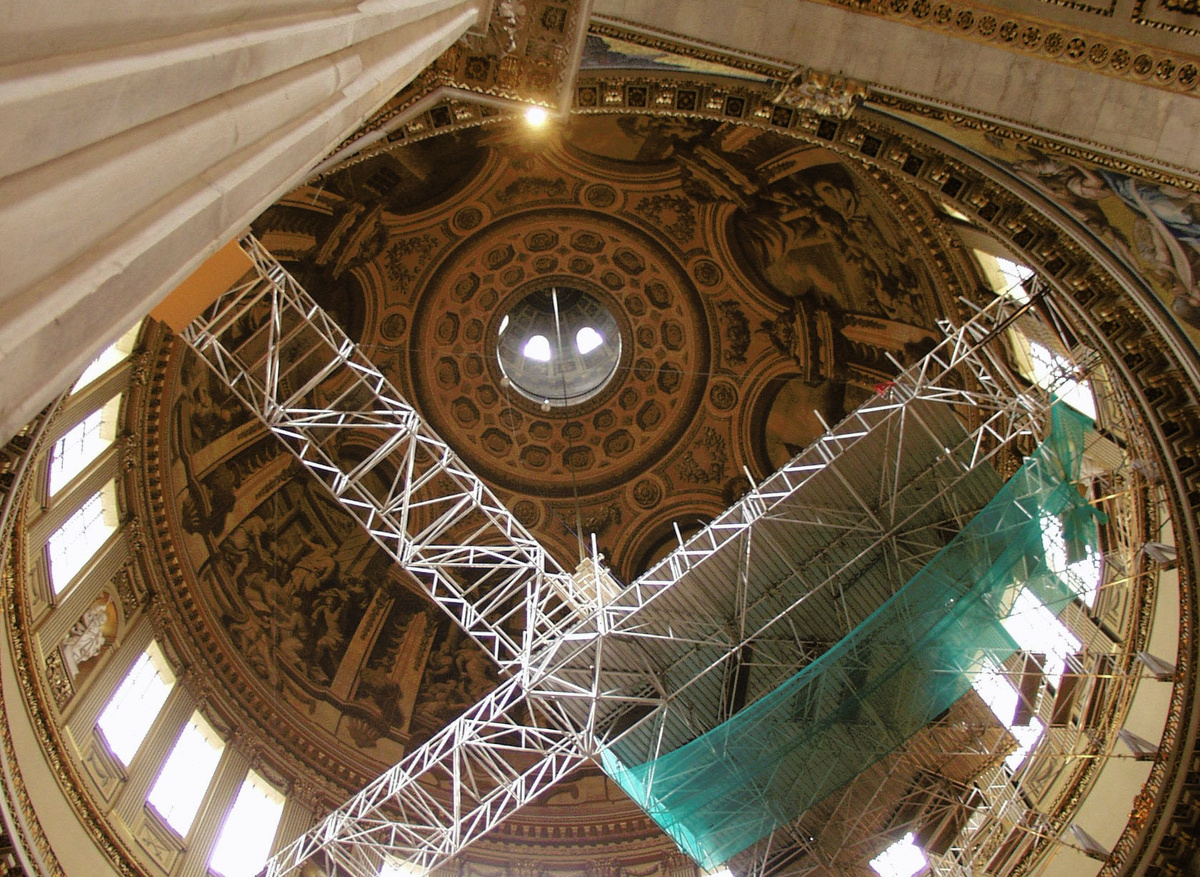
Conservation of the 18th-century scheme of wall paintings by Sir James Thornhill in the dome of St Paul’s Cathedral
Between 2003–2005, Paine and Stewart conserved Sir James Thornhill’s dome paintings at St Paul’s Cathedral (1714–17), the first major post-Reformation church scheme in Britain. Damaged by water and later restorations, it required careful cleaning. They also rediscovered and reinstated Thornhill’s original tambour designs. The work formed part of the £40m cathedral restoration, which won an English Heritage award in 2012.
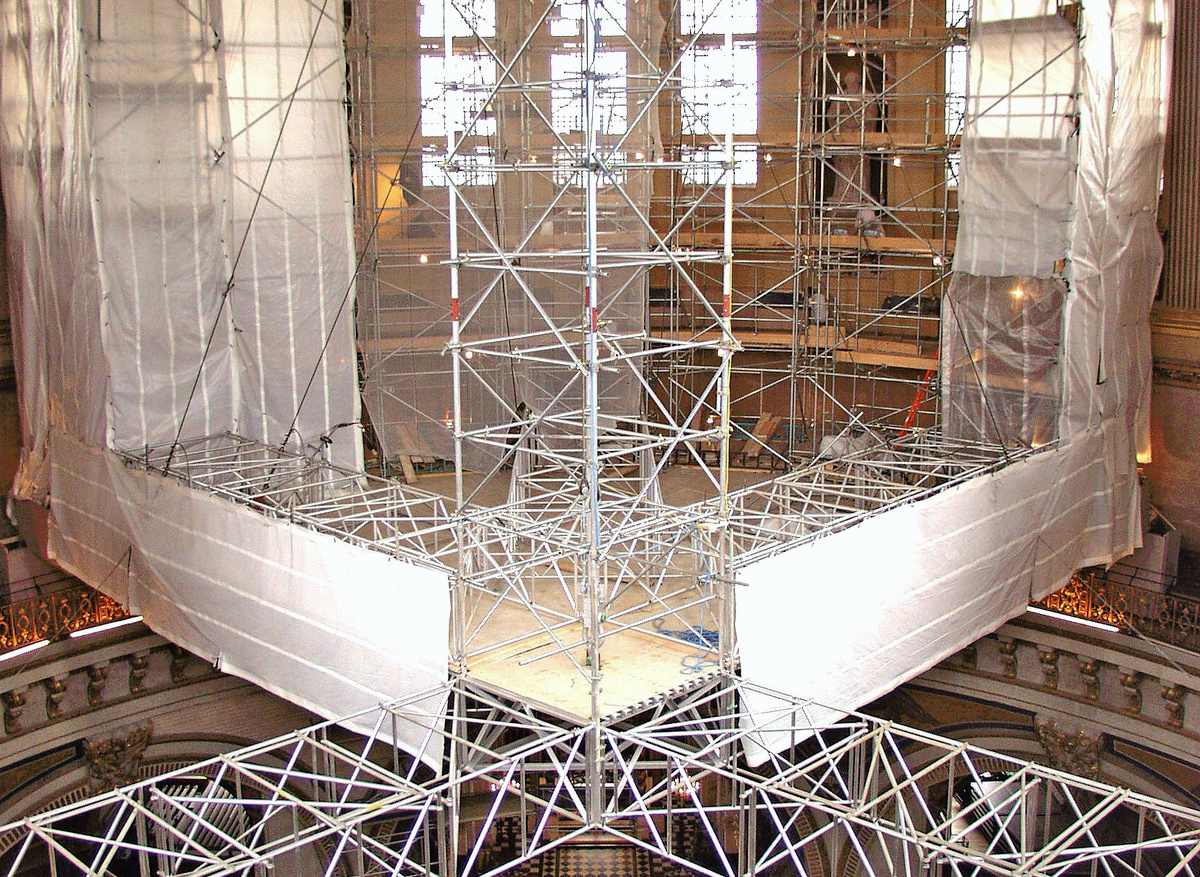
Conservation of the 18th-century scheme of wall paintings by Sir James Thornhill in the dome of St Paul’s Cathedral
Between 2003–2005, Paine and Stewart conserved Sir James Thornhill’s dome paintings at St Paul’s Cathedral (1714–17), the first major post-Reformation church scheme in Britain. Damaged by water and later restorations, it required careful cleaning. They also rediscovered and reinstated Thornhill’s original tambour designs. The work formed part of the £40m cathedral restoration, which won an English Heritage award in 2012.
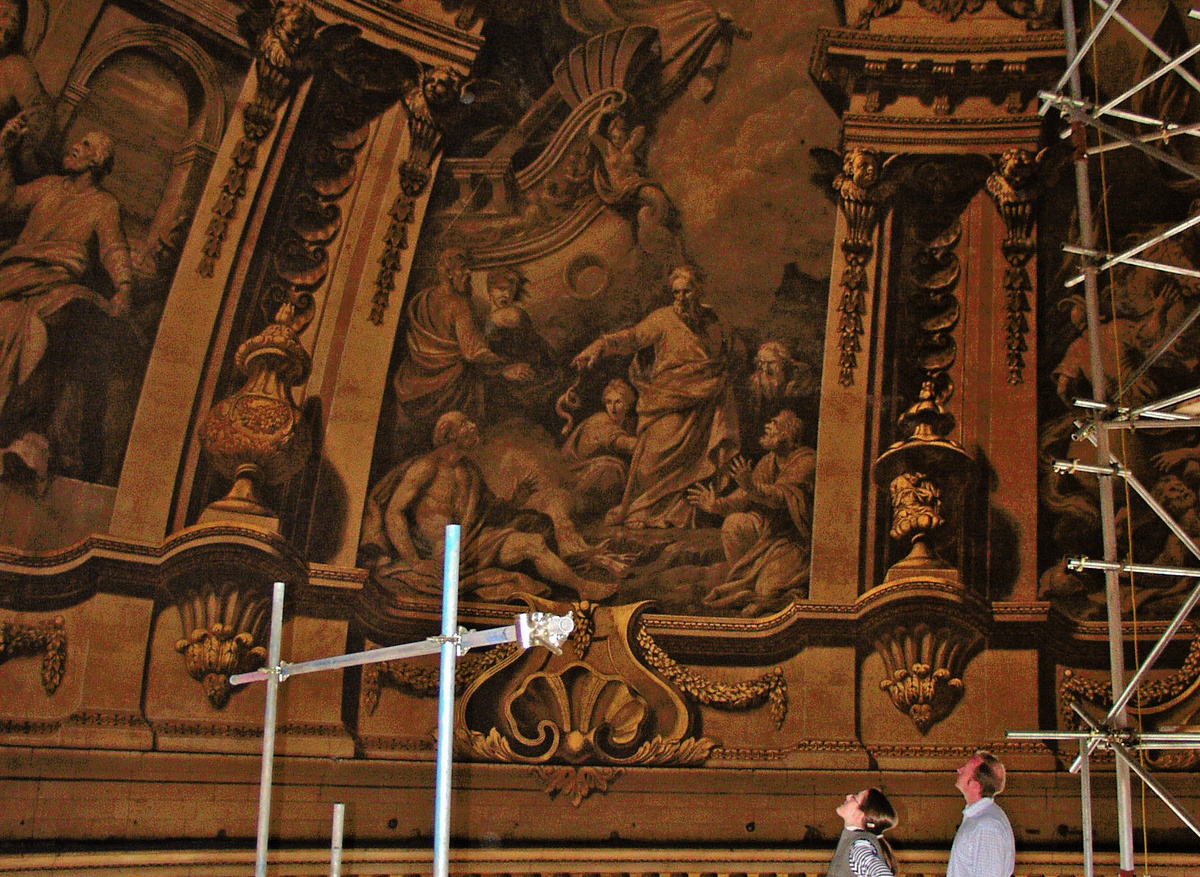
Conservation of the 18th-century scheme of wall paintings by Sir James Thornhill in the dome of St Paul’s Cathedral
Between 2003–2005, Paine and Stewart conserved Sir James Thornhill’s dome paintings at St Paul’s Cathedral (1714–17), the first major post-Reformation church scheme in Britain. Damaged by water and later restorations, it required careful cleaning. They also rediscovered and reinstated Thornhill’s original tambour designs. The work formed part of the £40m cathedral restoration, which won an English Heritage award in 2012.
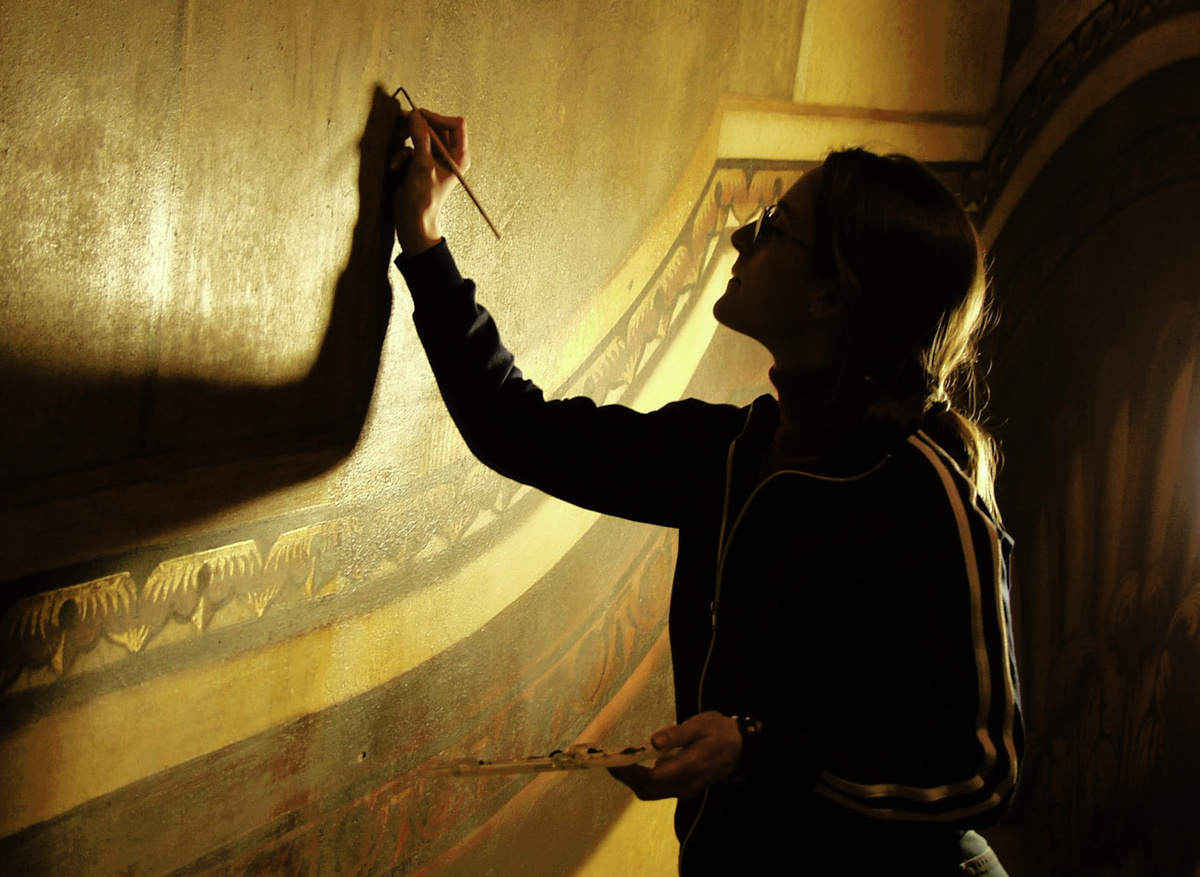
Conservation of the 18th-century scheme of wall paintings by Sir James Thornhill in the dome of St Paul’s Cathedral
Between 2003–2005, Paine and Stewart conserved Sir James Thornhill’s dome paintings at St Paul’s Cathedral (1714–17), the first major post-Reformation church scheme in Britain. Damaged by water and later restorations, it required careful cleaning. They also rediscovered and reinstated Thornhill’s original tambour designs. The work formed part of the £40m cathedral restoration, which won an English Heritage award in 2012.
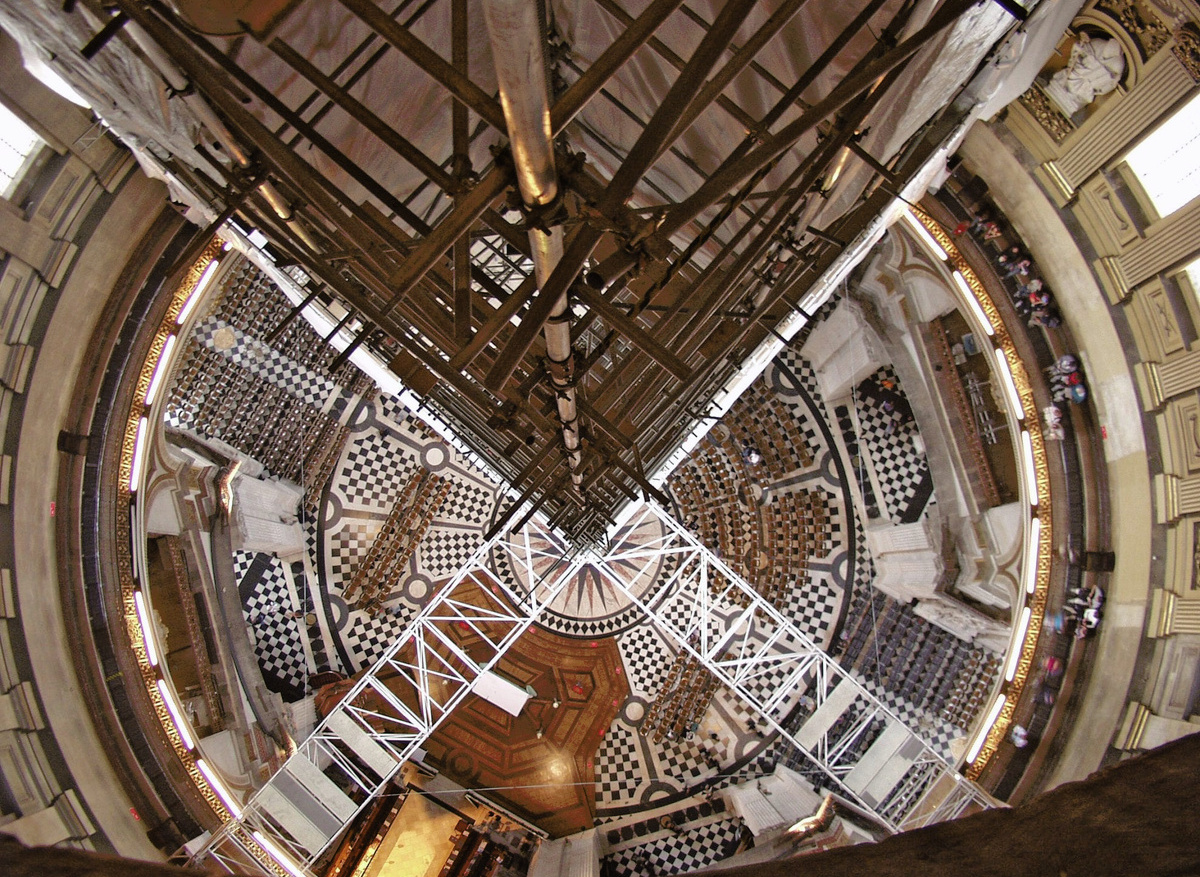
Conservation of the 18th-century scheme of wall paintings by Sir James Thornhill in the dome of St Paul’s Cathedral
Between 2003–2005, Paine and Stewart conserved Sir James Thornhill’s dome paintings at St Paul’s Cathedral (1714–17), the first major post-Reformation church scheme in Britain. Damaged by water and later restorations, it required careful cleaning. They also rediscovered and reinstated Thornhill’s original tambour designs. The work formed part of the £40m cathedral restoration, which won an English Heritage award in 2012.
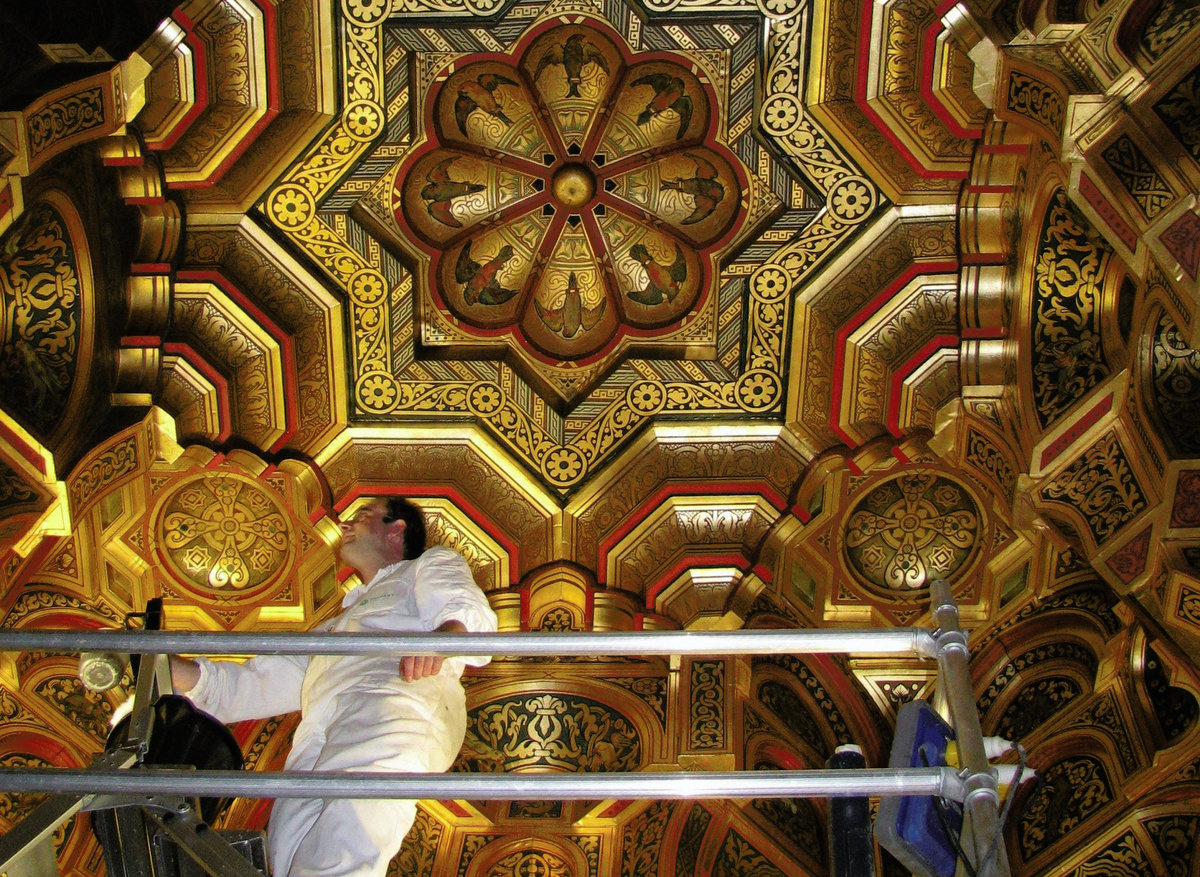
Conservation of the historic interiors by William Burges in Cardiff Castle
Cardiff Castle’s interiors, designed by William Burges for the 3rd Marquis of Bute, are among the most elaborate 19th-century Gothic Revival schemes in Britain. Rich in painted, gilded, and carved detail, they form a Neo-Gothic fantasy. Between 2006–2007, Paine and Stewart led Wales’s highest-value conservation project to lightly clean all 18 rooms. Commissioned by Cardiff City Council, the project won the 2007 RICS Building Conservation Award.
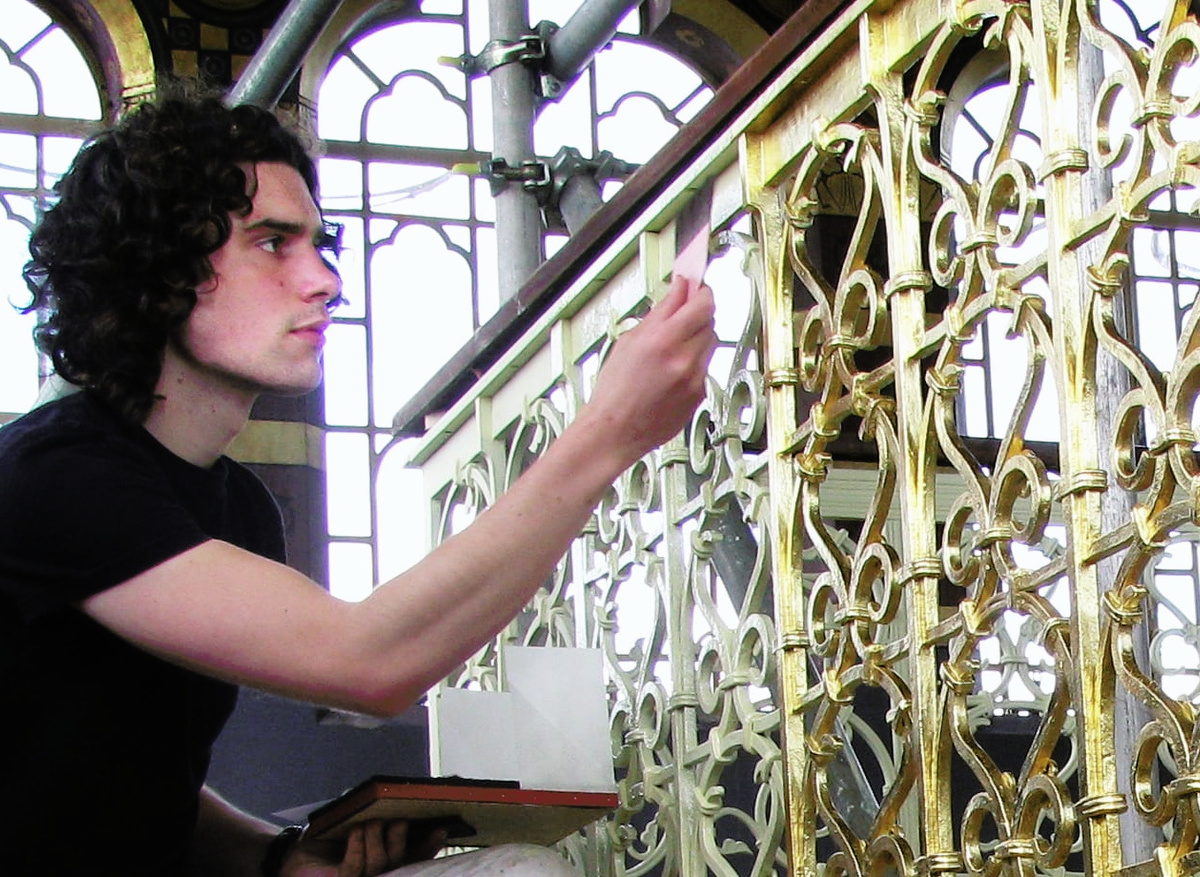
Conservation of the historic interiors by William Burges in Cardiff Castle
Cardiff Castle’s interiors, designed by William Burges for the 3rd Marquis of Bute, are among the most elaborate 19th-century Gothic Revival schemes in Britain. Rich in painted, gilded, and carved detail, they form a Neo-Gothic fantasy. Between 2006–2007, Paine and Stewart led Wales’s highest-value conservation project to lightly clean all 18 rooms. Commissioned by Cardiff City Council, the project won the 2007 RICS Building Conservation Award.
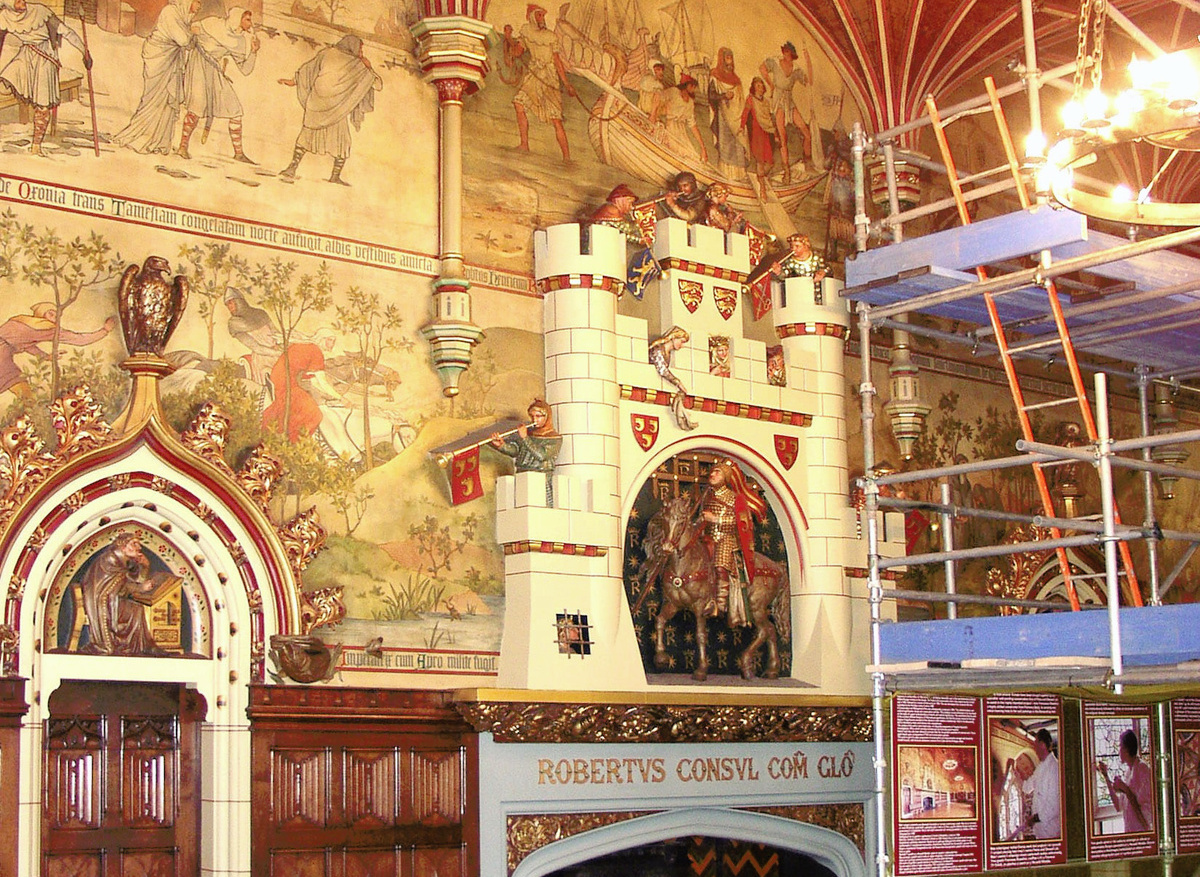
Conservation of the historic interiors by William Burges in Cardiff Castle
Cardiff Castle’s interiors, designed by William Burges for the 3rd Marquis of Bute, are among the most elaborate 19th-century Gothic Revival schemes in Britain. Rich in painted, gilded, and carved detail, they form a Neo-Gothic fantasy. Between 2006–2007, Paine and Stewart led Wales’s highest-value conservation project to lightly clean all 18 rooms. Commissioned by Cardiff City Council, the project won the 2007 RICS Building Conservation Award.
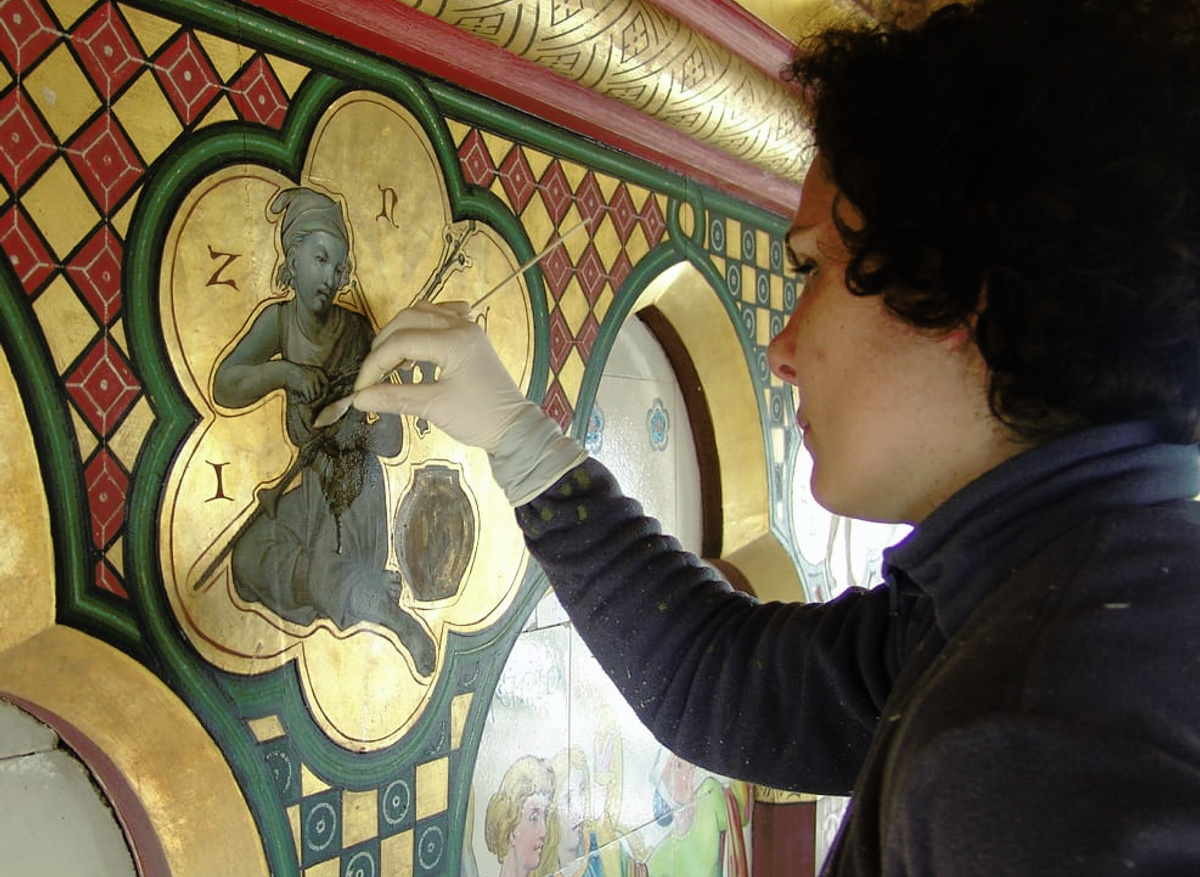
Conservation of the historic interiors by William Burges in Cardiff Castle
Cardiff Castle’s interiors, designed by William Burges for the 3rd Marquis of Bute, are among the most elaborate 19th-century Gothic Revival schemes in Britain. Rich in painted, gilded, and carved detail, they form a Neo-Gothic fantasy. Between 2006–2007, Paine and Stewart led Wales’s highest-value conservation project to lightly clean all 18 rooms. Commissioned by Cardiff City Council, the project won the 2007 RICS Building Conservation Award.
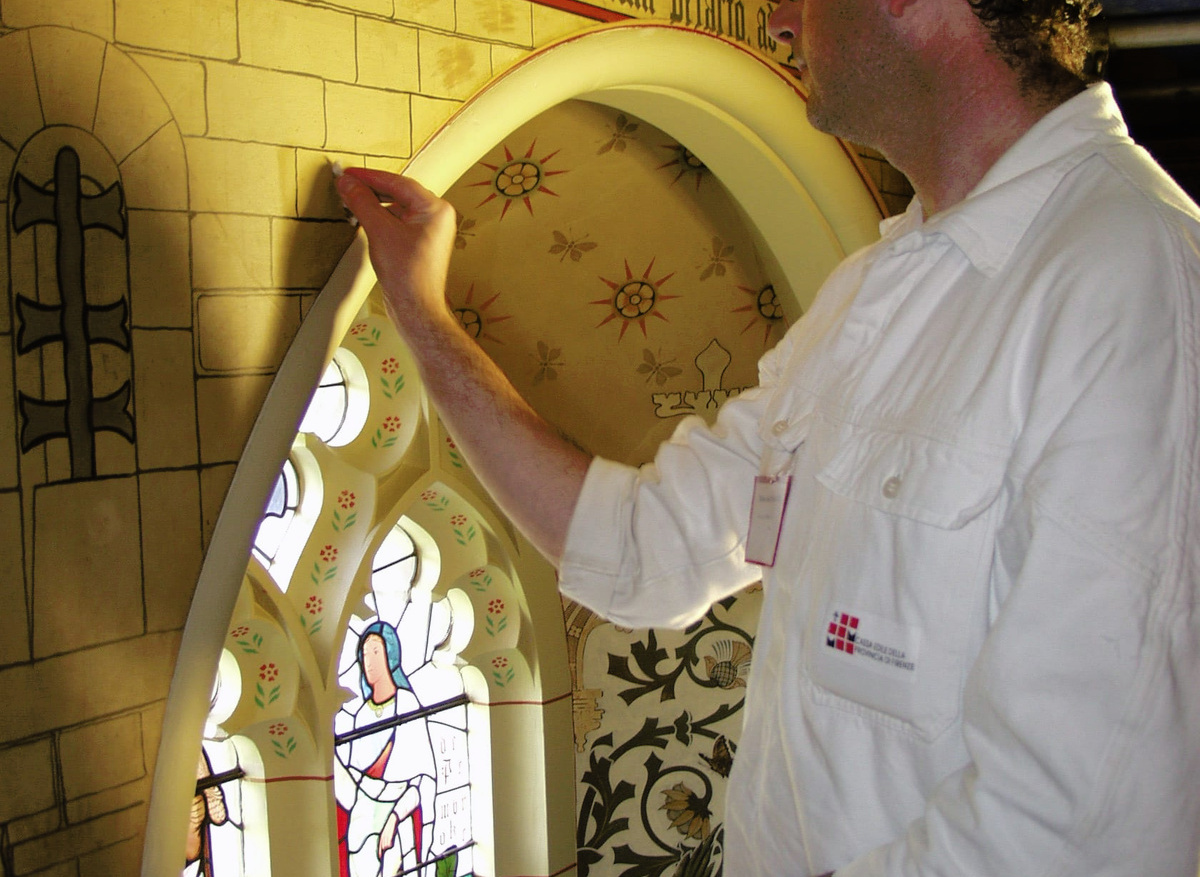
Conservation of the historic interiors by William Burges in Cardiff Castle
Cardiff Castle’s interiors, designed by William Burges for the 3rd Marquis of Bute, are among the most elaborate 19th-century Gothic Revival schemes in Britain. Rich in painted, gilded, and carved detail, they form a Neo-Gothic fantasy. Between 2006–2007, Paine and Stewart led Wales’s highest-value conservation project to lightly clean all 18 rooms. Commissioned by Cardiff City Council, the project won the 2007 RICS Building Conservation Award.
